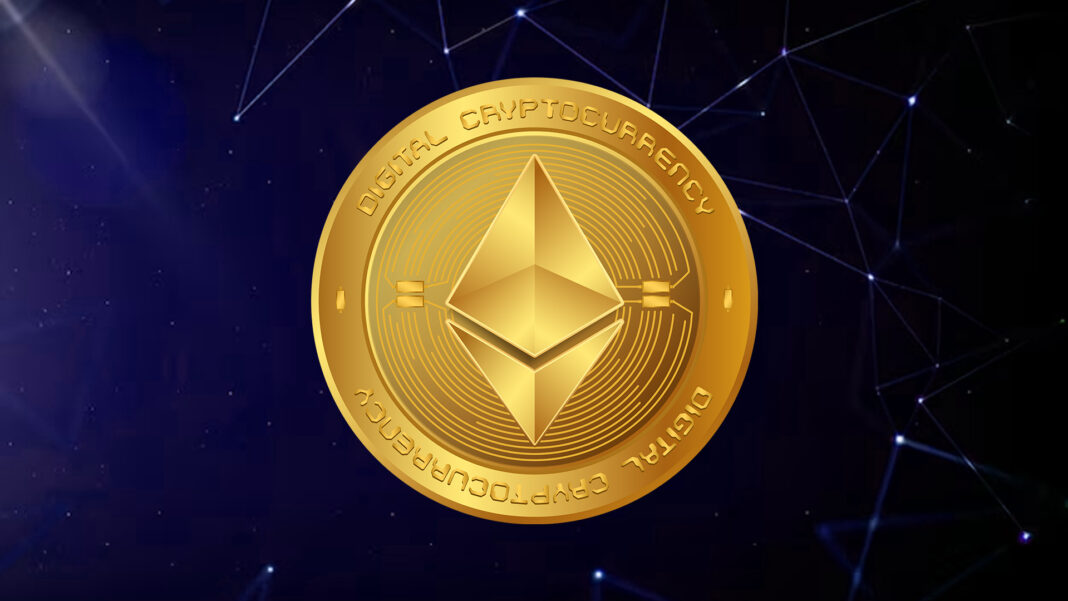- As of late, the universe of blockchain and digital currencies has seen amazing development and advancement.
- At the front of this unrest is Ethereum, a decentralized stage that has turned into the foundation of different decentralized applications (dApps) and the main impetus behind the idea of brilliant agreements.
Ethereum, made by Vitalik Buterin in 2015, is a decentralized blockchain stage intended to empower designers to fabricate and send shrewd agreements and dApps. Not at all like Bitcoin, which fundamentally fills in as computerized cash, Ethereum broadens its capacities past a simple installment framework, giving a stage to programmable applications and the making of custom digital forms of money (tokens).
At the center of Ethereum’s allure lies the idea of shrewd agreements. These self-executing contracts empower the robotization and execution of predefined activities when explicit circumstances are met. Shrewd agreements take out the requirement for go-betweens, making processes more productive, straightforward, and secure.
For example, in a decentralized crowdfunding effort, the brilliant agreement could naturally deliver assets to the undertaking when a foreordained subsidizing objective is reached, smoothing out the gathering pledges process and guaranteeing patrons’ trust.
Ether, frequently alluded to as ETH, is the local cryptographic money of the Ethereum stage. Past being a vehicle of trade, ETH fills a huge need – powering exchanges and computational procedures in the Ethereum organization. At the point when clients associate with shrewd agreements or play out any activity on Ethereum, they pay exchange charges in ETH to boost diggers to handle their solicitations.
Fundamentals of Ethereum
- Verification of Work and the Progress to Confirmation of Stake
At first, Ethereum utilized a Proof of Work (PoW) agreement instrument, like Bitcoin, where diggers settled complex numerical riddles to approve exchanges and add blocks to the blockchain. Nonetheless, Ethereum is currently progressing to a Proof of Stake (PoS) instrument.
With PoS, validators (frequently alluded to as “stalkers”) are decided to make hinders and approve exchanges in view of the number of coins they “stake” or lock up as a guarantee. This change means improving versatility, energy productivity, and security while diminishing the ecological effect related to PoW mining.
- Ethereum’s Impact on Decentralized Finance (DeFi)
One of Ethereum’s most huge commitments is its job in forming the scene of Decentralized Money (DeFi). DeFi alludes to the environment of monetary applications and administrations based on blockchain innovation, planning to give comprehensive, permissionless, and borderless monetary administrations to anybody with web access.
- Decentralized Trades (DEXs)
Decentralized trades, or DEXs, are stages that work with shared digital money exchange without the requirement for go-betweens or focal specialists. Based on Ethereum, DEXs empower clients to hold control of their assets and exchange straightforwardly from their wallets, improving security and protection.
- Lending and Borrowing Platforms
Ethereum-based lending and borrowing platforms enable users to lend their cryptocurrencies to others and earn interest or borrow assets against their collateral. These platforms operate through smart contracts, eliminating the need for traditional banks and enabling global access to financial services.
- Stablecoins and Tokenization
Ethereum’s adaptability considers the production of stablecoins, digital forms of money fixed to stable resources like government-issued types of money. Stablecoins give cost steadiness, making them appropriate for ordinary exchanges and lessening the instability frequently connected with other digital currencies.
Moreover, Ethereum’s tokenization abilities have empowered the formation of non-fungible tokens (NFTs). NFTs address remarkably advanced resources, like computerized workmanship, collectibles, and virtual land, reforming the idea of possession and provenance in the advanced world.
The Future of Ethereum
Ethereum’s true capacity is apparently endless, as it proceeds to advance and address its versatility and energy proficiency provoked through the progress to PoS and the execution of Ethereum 2.0. As the underpinning of the DeFi unrest and a hotbed for development, Ethereum’s effect on the universe of blockchain innovation and decentralized applications is probably going to fill dramatically in the years to come.
Conclusion
Ethereum has arisen as a unique advantage in the realm of blockchain and digital forms of money. With its emphasis on savvy contracts, decentralized applications, and the blossoming DeFi biological system, Ethereum has prepared for a more comprehensive, straightforward, and proficient monetary future. As innovation keeps on advancing, Ethereum stays at the front of the decentralized transformation, pushing the limits of what is conceivable in the domain of computerized finance.


